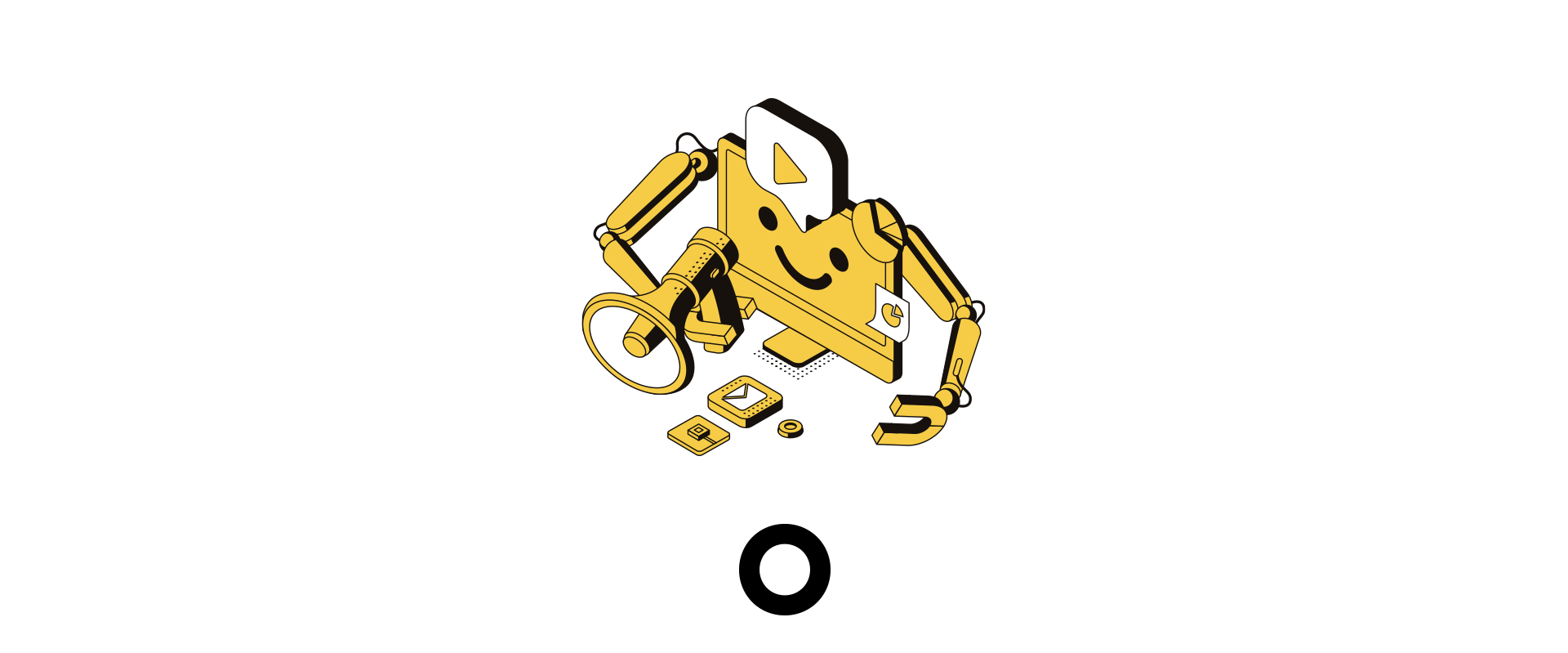The two most common challenges every modern marketer faces are how to reach your target audience and what tools to employ to do it. Despite its conception dating back to the early 1990s (*cue the flannel shirts*), marketing automation has enjoyed a steep rise in popularity in the last decade thanks to significant advances in technology and all-new platforms to promote messaging and content.
It’s a common misconception that automation refers exclusively to email marketing since the process for launching a campaign has become very… well… automatic. But, the tools and software to initiate, manage and tailor workflows and tasks have replaced a less integrated, traditional approach to customer and prospect engagement; even going so far as to customize, and personalize, user experiences across multiple platforms.
Because the majority of marketing automation tools also have the ability to monitor and assess the effectiveness of campaigns, it’s become easier to determine which tactics produce desired results. This has allowed marketers to leverage these tools to predict how well campaigns will perform increasing campaign effectiveness in terms of cost, time, and effort. In fact, 91% of marketers have said that automation is directly responsible for the success of their overall marketing strategies. James Weiss, Big Drop’s Senior Director, stated the following:
As a larger marketing strategy component, automation applies towards lead volume as opposed to lead qualification – an important distinction when considering its implementation. What it really offers is the ability to have a steady stream of engagement points among members of a target audience within their sales lifecycle in a more tailored way. While it does not guarantee that leads will be any more qualified without an automation implementation, it does have the potential to increase the rate at which leads and customers can convert which is (almost) just as meaningful. The day qualification comes into play, expect a mad rush for adoption!”
Here’s a look at a few of the biggest marketing automation trends this year:
Hyper-Personalization
“One-size-fits-all” as a strategy yields results akin to “one-size-fits-most”. Efficacy of marketing strategy is now easier than ever to manage with personalization given the rise in demand for personalized content. Real-time user behavior monitoring is essential for developing a user experience that is suited to customer likes and preferences.
Nearly every aspect of marketing has been affected, from banner ads to search results, and new-age, data-driven, AI platforms are equipped to assist. The introduction of tools to study user interaction and behavior is becoming increasingly important along with the frequency of personalization. The most recent trends all point to a shift toward communicating with customers in personalized ways that resonate strongly.
Artificial Intelligence and Machine Learning
Two key technologies being used in many marketing automation features are artificial intelligence (AI) and machine learning (ML). These technologies help marketers with quick content creation as well as research and development of content strategies. They are also the technology that powers the custom feed algorithms that content strategists use to develop ideas for news stories, blog article topics, and other types of content that help boost user engagement. Additionally, marketers can now develop pertinent messages for customers throughout the journey thanks to AI and ML. But, users be warned: the output is that of a machine, so a human touch is still required for additional quality control.
Omnichannel Experience
Marketing automation has a major advantage of enabling seamless integration of marketing channels including social media, mobile, search engine, content marketing, and email with the ultimate goal of establishing both a consistent and constant presence wherever the audience engages. With the use of marketing automation, marketers locate these touchpoints to deliver relevant information, eliminating the requirement to use multiple tools per channel, where only one is needed.
The demand for integrated marketing tools will rise as more and more marketers become aware of the advantages of omnichannel marketing. It is undoubtedly a trend in marketing automation that should be at the top of everyone’s list.
Chatbots
AI technology has become so advanced, that chatbots are becoming essential in aiding companies’ customer service operations. In the near future, we can definitely expect chatbots to become smarter and more humanized as more investments flow into conversational AI and natural language processing (NLP) bots. Intelligent chatbots can reduce customer care expenses and boost customer engagement as part of marketing campaigns. Read our article on Chatbots here.
Conclusion
These marketing automation trends show how companies are enabling their marketing initiatives in the modern era They also demonstrate how marketing professionals may gain deeper consumer insights through the use of technology like AI and ML to provide more pertinent, individualized content.
More automation tools, progressively clever features, and a more human touch will be incorporated into marketing strategies in the years to come. It’s important to keep in mind, however, that trends are ultimately meant to serve as benchmarks for marketers to examine their own strategies and identify areas for improvement. The more intricate world of digital marketing trends has many facets, and automation may only be one tip of the contemporary marketing iceberg.
